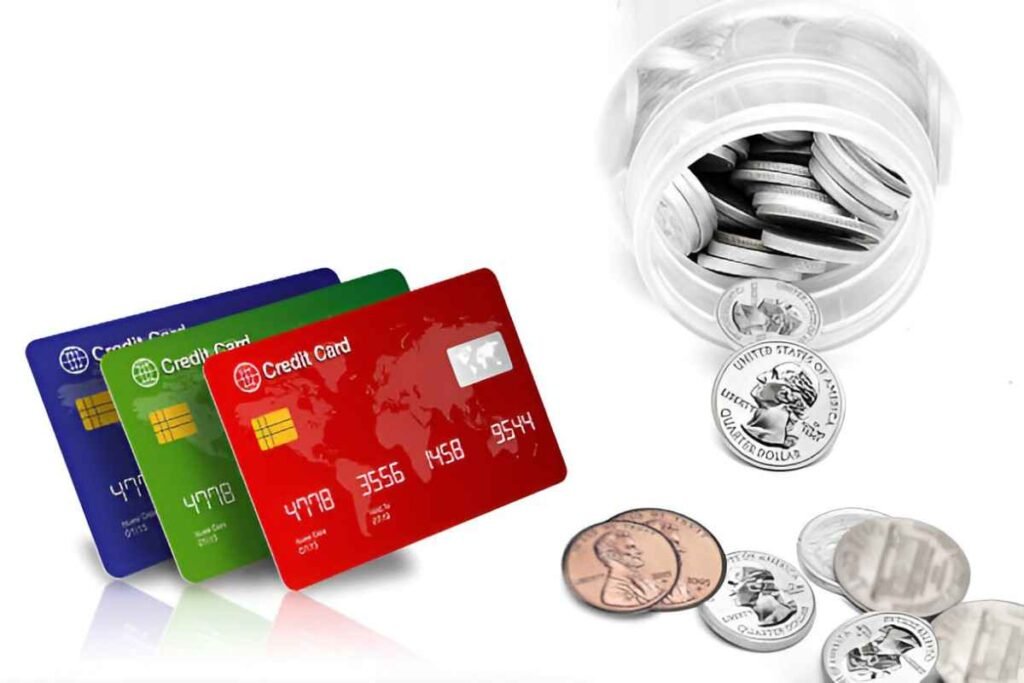A secured credit card is a financial tool designed to help individuals build or rebuild their credit. Unlike unsecured credit cards, a secured card requires a cash deposit as collateral. The deposit serves as a security for the credit limit and minimizes the lender’s risk. When considering a $10,000 secured credit card, it is crucial to understand how it works, its benefits, potential drawbacks, and how to use it effectively.
Table of Contents
How a $10,000 Secured Credit Card Works
A secured credit card functions similarly to a traditional credit card. However, the primary difference is the deposit requirement. When applying for a $10,000 secured credit card, you must provide a deposit of equal or lesser value. The card issuer holds this deposit as collateral in case of missed payments or defaults.
Key Features of a $10,000 Secured Credit Card
- Credit Limit: Your credit limit typically matches your deposit amount, up to $10,000.
- Interest Rates: These cards often have higher interest rates than unsecured cards.
- Credit Reporting: Responsible usage can help improve your credit score over time.
- Refundable Deposit: If you maintain a positive payment history, your deposit may be refunded when you upgrade or close the account.
- Fees: Some secured cards include annual fees, maintenance fees, and transaction fees.
Benefits of a $10,000 Secured Credit Card
A $10,000 secured credit card offers several advantages, especially for individuals looking to establish or repair their credit history.
Credit Building Opportunities
Lenders report your payment activity to credit bureaus. Timely payments can improve your credit score, making you eligible for unsecured credit options in the future.
Financial Discipline
Using a secured card responsibly encourages better financial habits. It helps individuals avoid overspending and manage their finances effectively.
Higher Credit Limit
A $10,000 limit allows greater financial flexibility. You can make larger purchases without affecting your credit utilization ratio significantly, which can positively impact your credit score.
Potential for Upgrade
With consistent positive usage, some lenders may offer to convert your secured card to an unsecured card and return your deposit.
Drawbacks of a $10,000 Secured Credit Card
While secured credit cards provide numerous benefits, they also come with some limitations.
High Initial Cost
Depositing $10,000 upfront can be a financial burden for many individuals. This amount is locked with the issuer until the account is closed or upgraded.
Limited Financial Growth
Although a secured card helps in credit-building, it does not offer the same perks as unsecured cards, such as rewards programs, travel benefits, or cash back.
Potential Fees
Some secured cards have high fees that can diminish the benefits of using the card for credit building.
Comparison: $10,000 Secured Credit Card vs. Unsecured Credit Card
The following table outlines the key differences between secured and unsecured credit cards to help you make an informed decision.
| Feature | Secured Credit Card | Unsecured Credit Card |
|---|---|---|
| Credit Check | Minimal or none | Required |
| Deposit Requirement | Yes, up to $10,000 | No deposit required |
| Interest Rate | Higher | Lower for good credit |
| Credit Limit | Matches deposit amount | Based on creditworthiness |
| Credit Building | Yes | Yes |
Example of Using a $10,000 Secured Credit Card Effectively
Consider a scenario where an individual deposits $10,000 and receives a credit limit of the same amount. The person spends $3,000 each month and repays the full balance before the due date.
Calculation of Credit Utilization Ratio
Credit utilization is the percentage of available credit being used, and it plays a significant role in credit scoring.
Formula:
\text{Credit Utilization} = \left( \frac{\text{Outstanding Balance}}{\text{Credit Limit}} \right) \times 100Example Calculation:
\left( \frac{3,000}{10,000} \right) \times 100 = 30\%Maintaining a utilization ratio below 30% is generally recommended to keep your credit score in good standing.
Choosing the Right $10,000 Secured Credit Card
When selecting a secured credit card, consider the following factors:
- Interest Rates: Compare different providers to find the lowest possible rates.
- Fees: Look for cards with minimal fees to maximize your savings.
- Credit Reporting: Ensure the issuer reports to all three major credit bureaus.
- Upgrade Opportunities: Choose a card that allows you to transition to an unsecured version over time.
- Customer Support: Reliable customer service is essential for resolving issues promptly.
Common Misconceptions About Secured Credit Cards
There are several myths surrounding secured credit cards that need clarification.
- “Secured cards don’t improve credit scores.” In reality, responsible use can significantly boost your credit score.
- “The deposit is used for payments.” Your deposit is held as collateral and is not applied to your monthly balances.
- “Only individuals with bad credit need secured cards.” Secured cards can benefit anyone looking to build a strong credit profile.
Steps to Apply for a $10,000 Secured Credit Card
Applying for a secured card involves a few straightforward steps:
- Research Card Options: Compare available secured cards that match your financial goals.
- Prepare Your Deposit: Ensure you have the required funds ready for the deposit.
- Submit an Application: Provide your personal and financial details online or in person.
- Await Approval: Processing times may vary based on the issuer.
- Activate Your Card: Once approved, make your initial purchase and start building credit.
Conclusion
A $10,000 secured credit card can be a valuable financial tool for building or improving credit. It provides the flexibility of a high credit limit while requiring responsible usage. Before applying, it is essential to weigh the benefits against the costs and choose a card that aligns with your financial goals. Whether you’re recovering from financial setbacks or simply looking to establish credit, a secured card offers a pathway to better financial health.





